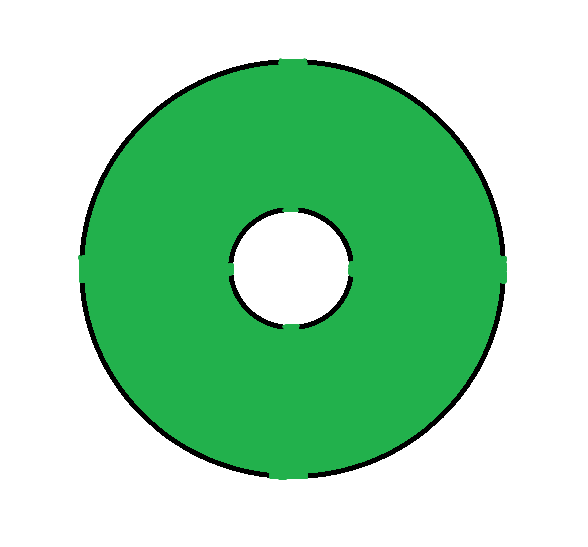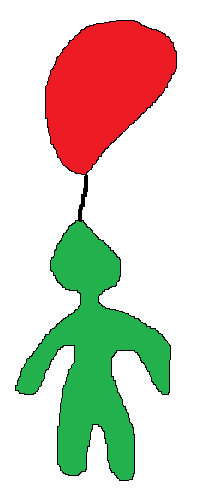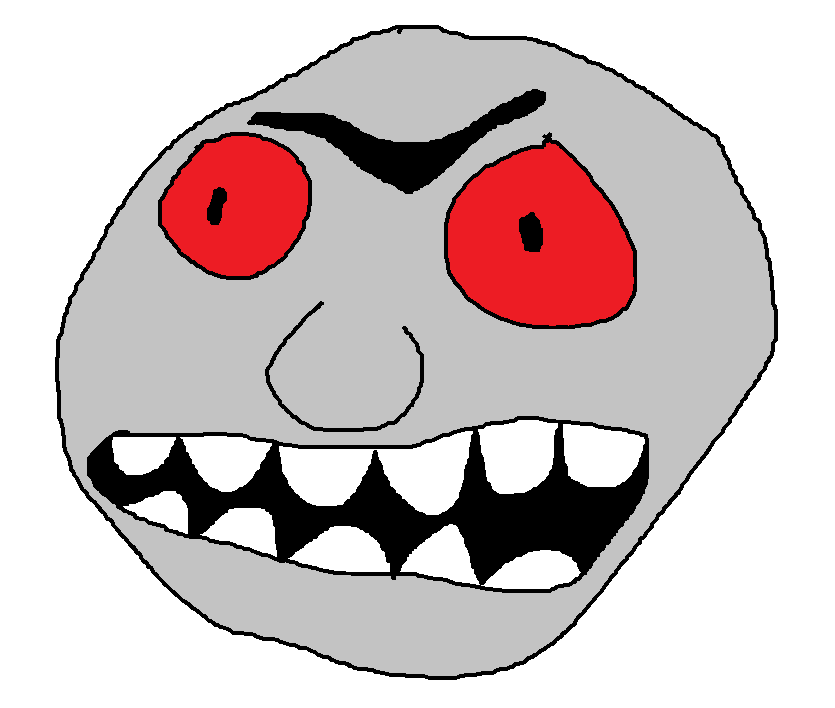
Admittedly, this map is somewhat facetious. All of these maps, like this entire website, are governed by what I can remember about Majora’s Mask without looking it up. I can certainly remember more details about Termina Field than what’s depicted here. Nevertheless, it lives in my brain like this: a nondescript green ring with Zork-like exits to the north, south, east and west, with a walled city abstracted into a tiny amount of space in the centre.
And yet, for all its simplicity, this personal mental map of Termina Field reveals a relevant truth about Majora’s Mask, and its starkest contrast with Ocarina of Time. Both games tell you something about themselves by what they place at the dead centre of their maps. Ocarina’s map is built around a vast, largely empty field, as is appropriate to a game so dedicated to exploring wilderness and unpeopled spaces. In this, Ocarina echoes the very first game in the Zelda series, though it is certainly more densely populated than that. The equivalent space in Majora’s Mask is not at the map’s very centre. Instead, it is a donut wrapped around the most densely populated space in Zelda up to this point. That Majora’s Mask decentralises its most accessible open wilderness in favour of an urban environment speaks to the game’s whole ethos: it is about people to a greater extent than any game in the series so far.
Termina Field is an afterthought: a way to ensure the shortest possible distance between Clock Town and the various other loci of civilization the game has to offer: the Deku Palace, the Goron city at Snowhead, Zora Hall, and the ghost-populated wastes of Ikana Canyon. It is also extremely fun to roll around in a never-ending circle as Goron Link, picking up infinitely respawning magic potions from the generous clusters of bushes scattered around. But that is Termina Field’s only concession to the “joy of traversal” attitude that characterised the first Legend of Zelda, Ocarina of Time, and–to an even greater degree–Breath of the Wild.
If Majora’s Mask isn’t about wilderness, then maybe maps aren’t even the best way to “map” it. In fact, the pause menu offers a better option: the Bomber’s Notebook. Majora’s Mask is a human game. It’s best to mark your progress not by how much territory you’ve uncovered, but by how many people you’ve helped.

